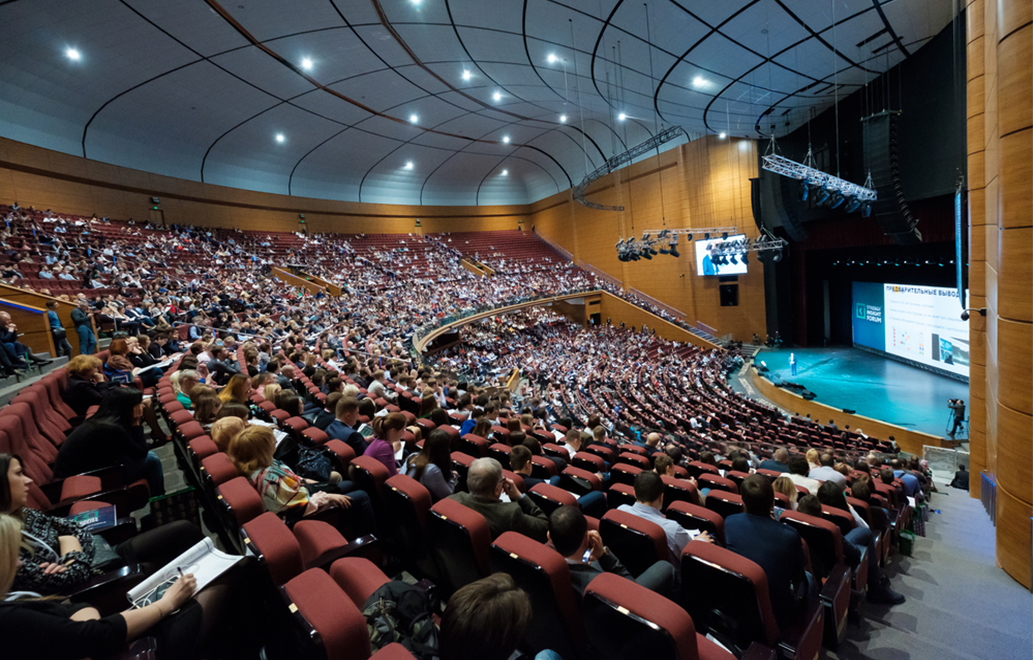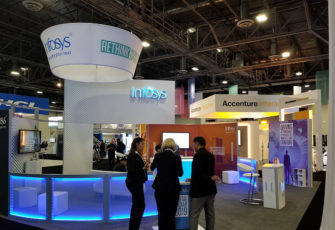
The design of the stage is vital for staging successful events. It acts as the centerpiece, capturing attention and setting the overall tone. Event planners can create an impactful and creative event stage design by following the fundamental principles.
Form Follows Function
When designing a stage for your event, it is important to remember that the event's purpose should shape the entire process. For a corporate keynote, a formal and minimalist stage with a large screen for presentations would be appropriate. On the other hand, for a music festival, a grand set equipped with top-of-the-line sound and lighting systems would amplify the performances.
Sight Matters
When designing a stage, consider the view from all angles to ensure an enjoyable experience for every guest. The last thing you want is for attendees to feel left out or unable to participate in the event entirely. Consider using raked seating or opting for a circular or runway-style stage to address this. These designs guarantee that every seat provides an optimal viewing experience.
Light It Up
Stage lighting serves a purpose beyond mere aesthetics. It is an indispensable tool that evokes emotions, directs attention, and enhances the overall impact of a performance. Professional event lighting designers possess the expertise to skillfully manipulate factors such as intensity, color, direction, and movement to create visually captivating atmospheres that effectively support and reinforce any event's theme.
A Sonic Layer
Sound design is a crucial aspect of your stage setup. For performance-based events, incorporating surround sound and live acoustics enhances the auditory experience for attendees. It's essential to test the sound equipment in the venue prior to the event to prevent any technical issues from arising.
The Art of Décor
Decorations add personality to your stage and create a meaningful connection with your audience. Backdrops, props, and drapes have a lasting impact on attendees, leaving a memorable impression. Align your décor with the theme of your event and effectively communicate that theme to your audience.
Harnessing the Power of Technology
Integrating technology into stage design is becoming a popular practice in this digital era. Digital tools offer audience interaction and engagement opportunities, enhancing the overall event experience.
By incorporating live social media feeds, your event encourages attendees to engage in real-time conversations. This creates a sense of excitement and involvement among guests, making them feel part of a larger experience.
Interactive digital signage provides engaging and customized experiences, enabling you to showcase multimedia presentations and dynamically share informative content.
Going Eco-Friendly
Event planners increasingly recognize the importance of reducing the environmental impact of their events. Choosing a sustainable approach to stage design aligns with ethical principles and tends to be cost-effective and appealing to today's attendees.
Opting for recycled or environmentally friendly materials when designing a stage is a significant step. Additionally, these materials, such as reclaimed wood and recycled metal, can give your stage a unique and attractive look.
Turning to Professionals
The value and expertise that professionals bring to the table must be considered. Hiring a stage design firm can make all the difference in transforming an event from satisfactory to extraordinary.
Stage designers are experts in creating visually appealing and functional stages while working within specific budget constraints. They stay updated with the latest trends in event stage design, possessing a deep understanding of what works and what doesn't. Their knowledge and expertise enable them to provide valuable insights for successful stage design.



